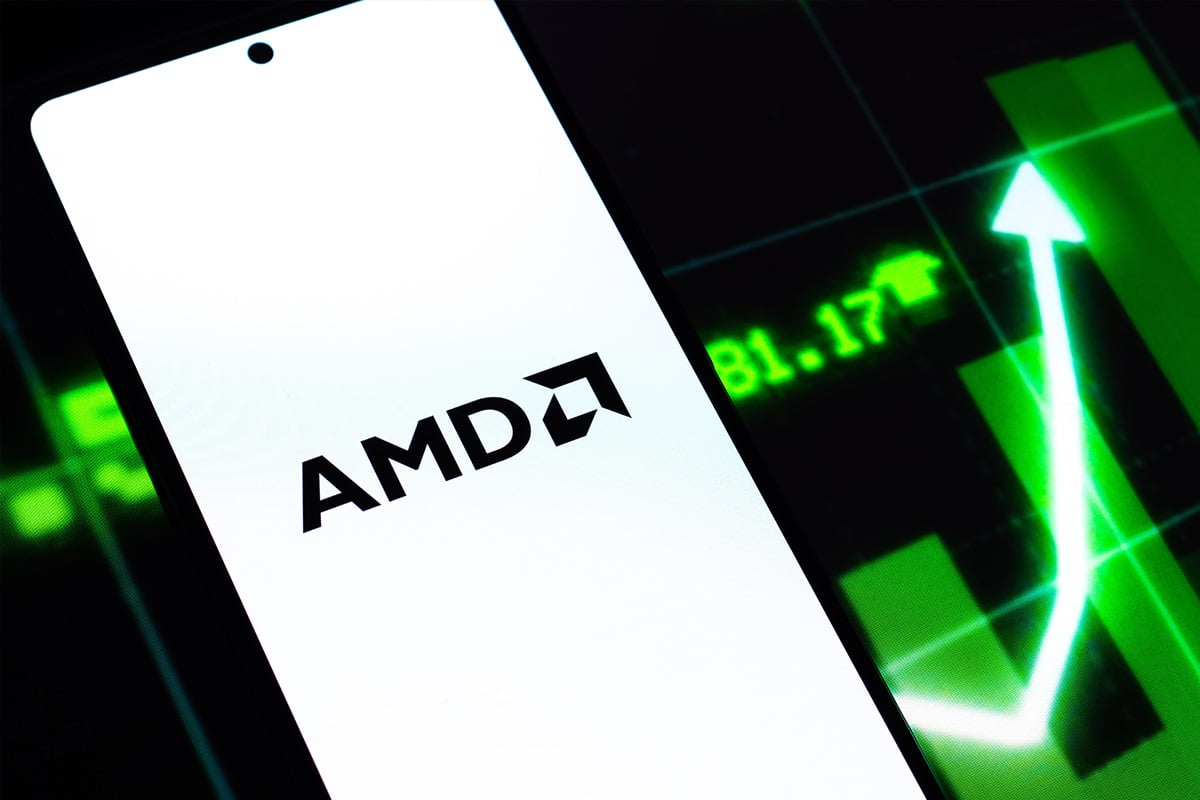Advanced Micro Devices (AMD) has announced its balance sheet for the second quarter of 2025, placing it in the spotlight of technology investors. Although the company showed strong revenue growth and remarkable performance in its product segments, its failure to meet expectations in profitability led to a 5.56% pre-market decline in the shares. AMD generated $7.69 billion in revenue in the quarter, beating analyst estimates of $7.42 billion by 3.54%. However, adjusted earnings per share (EPS) fell short of the market expectation of $0.48 at $0.49.
Net profit rose more than threefold year-on-year, from $265 million in the same period in 2024 to $872 million. The company's adjusted gross profit margin would be 43%, while AMD said it could come in at 54% due to export restrictions. This situation reveals the financial impact of US export bans, particularly affecting GPU sales to China.
Revenue Segments: Artificial Intelligence and Game Engine
Two segments stood out in AMD's revenue growth: datacenter (Data Center) and client & gaming (Client & Gaming). The data center segment includes EPYC server processors and artificial intelligence GPUs and generated revenues of $3.2 billion, up 14% year-on-year in the quarter. In this increase, the increasing role of EPYC CPUs and Instinct GPUs in AI-driven cloud infrastructures has been instrumental.
The Customer and Gaming segment, on the other hand, experienced a boom in the quarter. This unit, which includes laptop and desktop CPUs as well as gaming GPUs, generated revenue of $3.6 billion, up 69% year-over-year. Demand, in particular, for next-generation Ryzen Zen 5 processors and GPUs specifically designed for game consoles has pushed this segment above forecasts. Gaming revenues rose 73% to $1.1 billion, comfortably beating Wall Street's estimate of $784 million.
Growing Power in Artificial Intelligence GPUs
Although AMD ranks second in the GPU market behind Nvidia, it is gaining a strong position in artificial intelligence applications. OpenAI, Meta, and other major tech companies have begun opting for AMD's Instinct series as an alternative to Nvidia's expensive GB200 GPUs in their AI training and inference processes. CEO Lisa Su said in a conversation with analysts, “Seven of the top 10 developers of AI models use our Instinct GPUs” found in the description.
This quarter, the Instinct MI400 series was announced, which is scheduled for release next year. It has also been mentioned that the MI350 GPU has reached the level to rival the Nvidia GB200 in training and inference performance. But bans on exports of the MI308 chip to China caused the company to suffer losses of nearly $800 million in the June quarter. With exemption signals from the US administration in July, these sales are expected to partially resume in the third quarter.
Financial Outlook and Expectations
AMD posted a result of over $1 billion in free cash flow, exceeding revenue expectations in 16 quarters of 17. But investors are focusing on profitability being pressured by export restrictions and high product development costs.
The company shared a revenue forecast of $8.7 billion (±$300 million) for the third quarter. This figure is above the market forecast of $8.3 billion. The EPS expectation is at $0.40. AMD aims to continue its growth in the second half of 2025, especially with the expansion of its AI product range and continued demand in the gaming segment.
Summary Assessment
AMD's second quarter 2025 results presented a strong picture on the revenue side but fragile on profitability. While AI and gaming segments are the main engines of growth, export restrictions and high competitive pressure create short-term volatility. In the long term, the market position of Instinct GPUs and Ryzen Zen 5 processors will be decisive in the company's sustainable growth strategy.
⚖️ Yasal Uyarı:Bu içerik yatırım tavsiyesi niteliği taşımaz. Yatırımlarınızla ilgili kararlarınızı kendi araştırmalarınız ve risk profilinize göre almanız önerilir.
AMD, Advanced Micro Devices, GPU, CPU, Ryzen Zen 5, Instinct MI350, MI400, MI308, Artificial Intelligence Chips, Gaming GPU, Nasdaq, Balance Sheet Analysis 2025 q2 balance sheet




















.png)